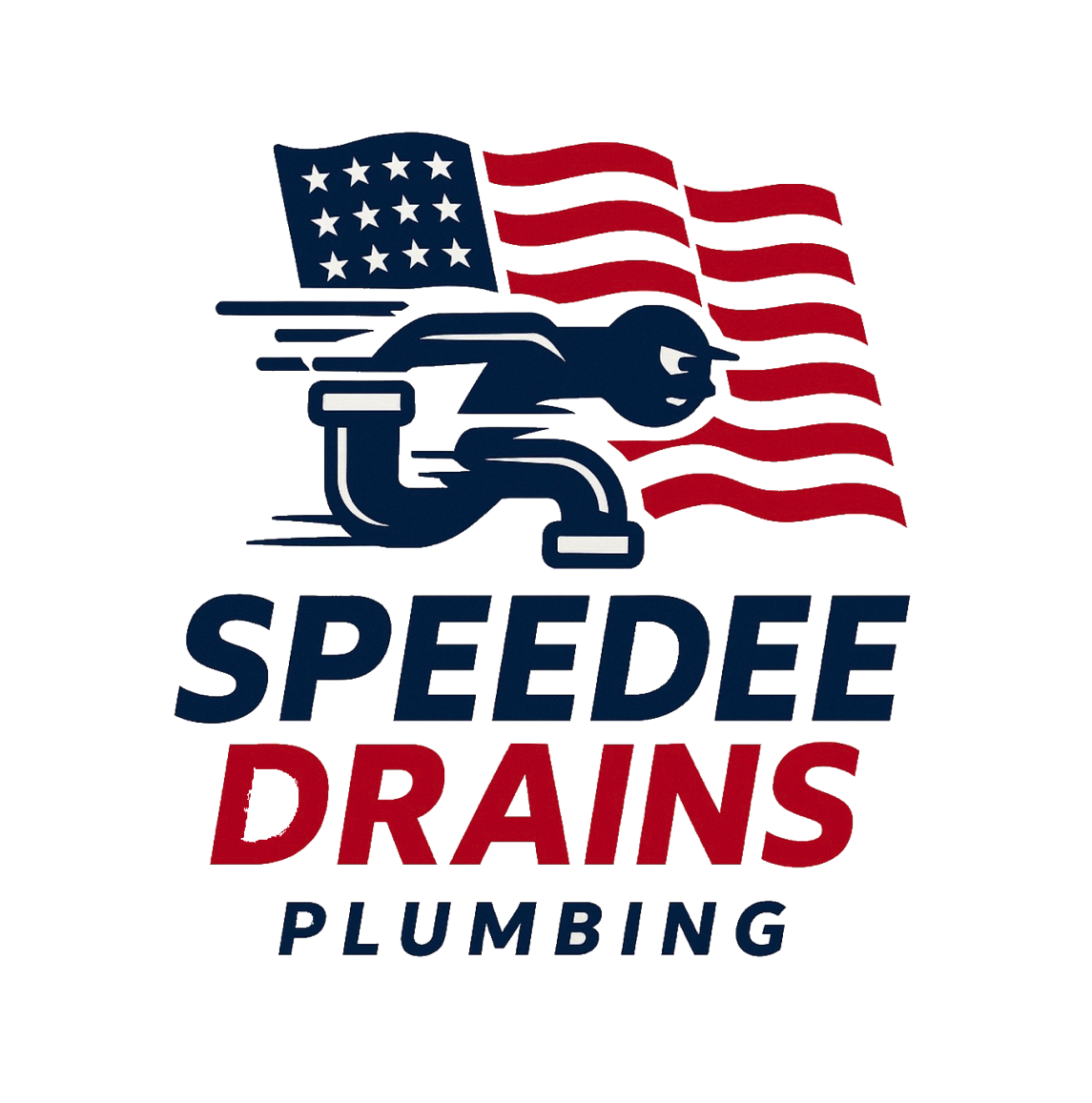Bathtub Drain Clogs: How to Fix and Prevent Slow or Backed-Up Drains
Few things are more frustrating than standing ankle-deep in water during a shower because your bathtub isn’t draining properly. Slow drains and complete bathtub clogs are among the most common plumbing issues homeowners face — and if left untreated, they can lead to serious plumbing backups and water damage.
At Speedee Drains Plumbing Pros, proudly serving Orange County and Los Angeles County, we specialize in residential and commercial plumbing services, including drain cleaning, hydro jetting, leak detection, and sewer line repairs. This guide will help you identify what causes bathtub drain clogs, how to fix them safely, and how to prevent future problems.
1. Why Bathtub Drains Clog
Bathtub drains handle more than just water — over time, they collect a mixture of debris that can slow or block drainage completely.
Common causes include:
- Hair buildup: The biggest culprit in most bathroom drain clogs.
- Soap scum: Mixes with minerals in water to form a sticky residue.
- Body oils and lotion: Contribute to greasy buildup along the drain walls.
- Foreign objects: Razor caps, jewelry, and bath accessories can fall into the drain.
- Hard water: Mineral deposits narrow the drainpipe over time.
Understanding the cause helps you choose the right fix and prevent future issues.
2. Signs Your Bathtub Drain Is Clogged
- Water pools or drains slowly after showers.
- Gurgling sounds from the drain.
- Unpleasant odors coming from the tub.
- Water backing up into other fixtures (like nearby sinks).
- Frequent clogs, even after cleaning attempts.
If multiple drains in your home are slow, the issue may lie deeper in your main sewer line, which requires professional cleaning.
3. How to Fix a Bathtub Drain Clog
Step 1: Remove Visible Debris
- Take off the drain cover or stopper.
- Use needle-nose pliers or a bent wire hanger to pull out hair or gunk.
- Dispose of debris and rinse with hot water.
Tip: Wear gloves — it’s messy but effective.
Step 2: Try a Plunger
- Fill the tub with enough water to cover the plunger cup.
- Place the plunger over the drain and plunge firmly for 20–30 seconds.
- Remove and test if the water drains faster.
- Repeat several times if needed.
Note: If your bathtub has an overflow plate, cover it with a wet cloth to improve suction.
Step 3: Use a Drain Snake or Zip-It Tool
- Insert a small plastic drain snake or auger into the drain.
- Twist and pull it back to remove hair clogs.
- Repeat until no more debris comes out.
- Flush the drain with hot water.
These inexpensive tools are available at any hardware store and can handle most household bathtub clogs.
Step 4: Flush with Baking Soda and Vinegar
- Pour ½ cup of baking soda into the drain.
- Follow with ½ cup of white vinegar.
- Let it fizz for 15–20 minutes.
- Rinse with boiling water to clear loosened residue.
This natural method helps dissolve minor soap scum buildup without damaging pipes.
Step 5: Avoid Chemical Drain Cleaners
While tempting, most store-bought chemical cleaners contain corrosive agents that can:
- Damage pipes, especially PVC and older metal ones.
- Harm the environment.
- Make future clogs worse by solidifying grease.
If basic methods don’t work, it’s best to call a professional plumber for hydro jetting or mechanical drain cleaning.
4. Preventing Future Bathtub Clogs
- Install a drain screen: Catches hair and debris before they enter the drain.
- Rinse the tub regularly: Flush with hot water weekly to prevent buildup.
- Clean stoppers and drain covers monthly: Soap residue collects here first.
- Avoid oily bath products: These create greasy buildup that traps debris.
- Schedule annual drain maintenance: Professional cleaning keeps pipes clear.
5. When to Call a Professional
DIY methods work for simple clogs, but some issues require professional attention.
Call a plumber if:
- The drain remains slow after multiple cleaning attempts.
- Water backs up into other drains (sink or toilet).
- You hear gurgling or smell sewage.
- The clog recurs frequently.
- There’s standing water under the tub or signs of leakage.
At Speedee Drains Plumbing Pros, we use video inspection cameras and hydro jetting technology to identify and clear even the most stubborn bathtub clogs safely and efficiently.
6. Deep Clogs and Sewer Line Problems
Sometimes, a clogged bathtub drain is just a symptom of a bigger issue — a blockage in your home’s main sewer line.
Warning signs include:
- Multiple drains clogging at once.
- Foul odors from several fixtures.
- Gurgling toilets or overflowing drains.
In these cases, a professional plumber can use hydro jetting — a high-pressure water system that clears out grease, roots, and debris — to restore full flow to your plumbing system.
7. Commercial Bathtub and Shower Drain Issues
Hotels, apartment complexes, and gyms often experience frequent drain problems due to heavy use.
Common commercial causes:
- Hair and soap buildup from multiple users.
- Improper cleaning products damaging drain linings.
- Delayed maintenance leading to costly downtime.
Regular professional drain cleaning and inspection can prevent major clogs and ensure smooth operation across all units.
Final Thoughts
A clogged bathtub drain can turn your relaxing shower into a frustrating experience. Fortunately, most clogs are easy to fix with simple tools and maintenance habits. Removing debris, plunging, using baking soda and vinegar, and avoiding harsh chemicals can solve most residential clogs.
However, if your bathtub continues to drain slowly or backs up into other fixtures, it’s time to bring in professionals. At Speedee Drains Plumbing Pros, we proudly serve Orange County and Los Angeles County with expert residential and commercial plumbing services, specializing in drain cleaning, hydro jetting, leak detection, and sewer line repairs. Whether it’s a simple bathtub clog or a complete sewer line blockage, our experienced team provides fast, reliable solutions that last.
